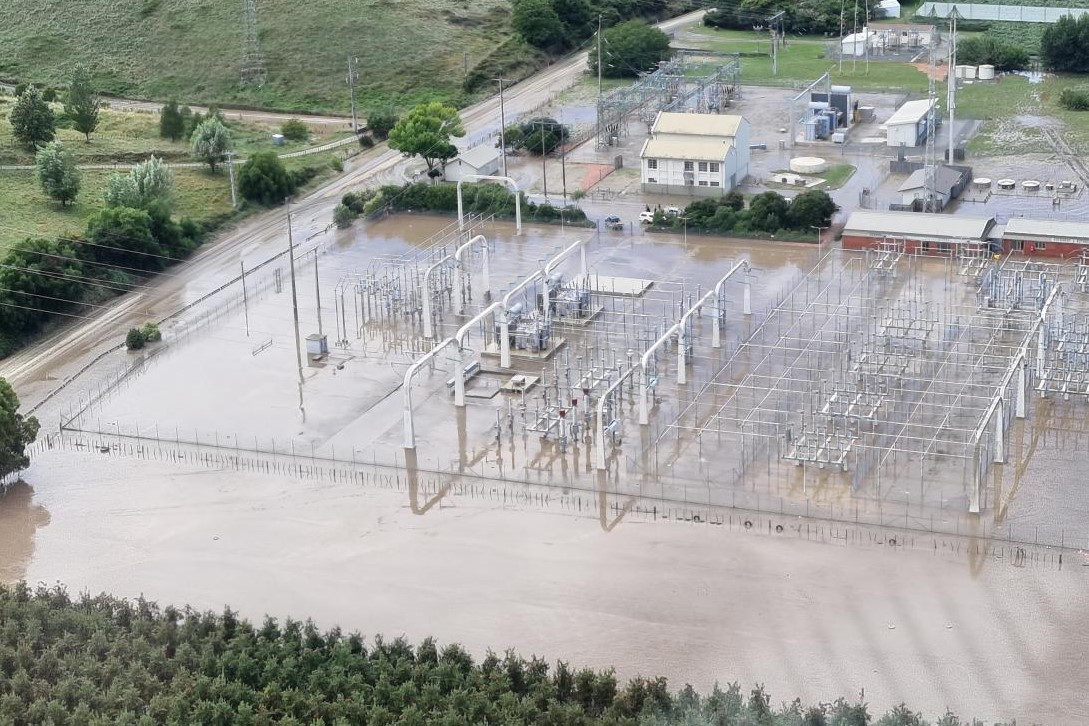AWARDS FINALIST: solarZero - community energy resilience

solarZero designs its solar and battery systems so that households have power for critical loads when the grid goes down.
That resilience is an important element of the company’s mission in “addressing climate change”. Household solar and batteries will help move the country toward 100 per cent renewable electricity supply and reduce emissions. It will also help communities cope with the more extreme weather that climate change may bring.
Put to the test
Cyclone Gabrielle earlier this year was the first large-scale event to test the company’s systems. During and after the cyclone about a third of solarZero’s customers - 2,700 households - suffered a grid outage. All households kept their lights on.
In what proved to be a succession of unprecedented North Island storms, about 225,000 households suffered a power outage. Some solarZero customers were able to become community hubs for their neighbours.
Reconnecting customers who have been without power for days was another thing solarZero’s systems were able to help with by reducing the spike in power demand as suburbs were reconnected.
When the power did come back on, the batteries met a significant amount of the household load. Household loads would have been about 2 kW when the grid power was restored, but the solarZero house had a load of 500 W. This difference significantly reduces the chance of a further outage as the power is switched on, benefiting the wider community.
The company says that after this year’s weather events it now has real data on how its systems perform and how households use electricity during outages. It plans improvements as a result.
Currently, customers can only see how much battery storage there is via an internet-based app, which may not be available if communications fail. The next iteration will have a physical indicator of battery storage, so that customers can physically see how much storage they have available at any time.
solarZero was unsure whether solar and batteries would provide essential power to households over days. It turns out that on average households used 300 W while the grid was out. This was enough to keep the lights on and key appliances operating. With this level of usage, the battery had charge all day and could recharge the following day.
Accessibility
A key motivation for the company is having its system available to all homeowners of New Zealand, regardless of wealth.
When solarZero was selling systems for cash, more systems were in the ‘wealthier’ parts of town. Since its change to a service model involving zero dollars down upfront, the uptake of their systems has been flat across the deprivation index.
As of late April, solarZero was supplying 10,000 households – 10,000 households that will keep their lights on and support their neighbourhood during prolonged grid outages. The company is also exploring how this technology can help support emergency centres.
The Community Initiative of the Year Award category is sponsored by Eagle Technology